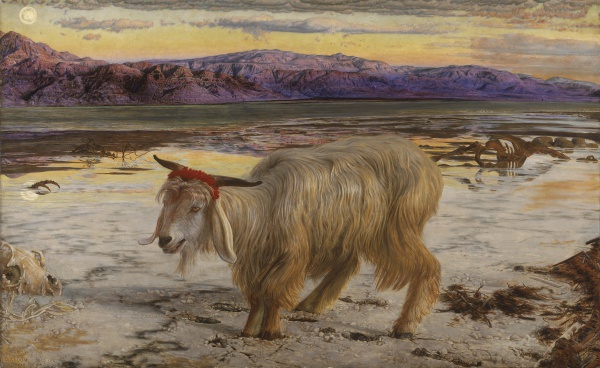Facts About The Scapegoat
"The Scapegoat" is a captivating painting by William Holman Hunt that brings to life the ancient ritual described in the Book of Leviticus. In this ritual, a goat is symbolically burdened with the sins of the community and then driven into the wilderness. Hunt created two versions of this thought-provoking piece: one is housed in the Manchester Art Gallery, and the other is located in the Lady Lever Art Gallery in Port Sunlight.
Hunt embarked on the creation of this painting during a transformative trip to the Holy Land in 1854, completing most of the work on location near the Dead Sea. He finished the painting in London the following year. This project was deeply personal for Hunt, as it reflected a crisis of faith he was experiencing at the time. He hoped that "The Scapegoat" would serve as a bridge to convert Jews to Christianity, viewing the goat as a symbol of the suffering Messiah.
The painting received mixed reviews from critics and peers. Art dealer Ernest Gambart was initially puzzled by the painting's concept, while fellow artist Dante Gabriel Rossetti admired it, calling it "a grand thing, but not for the public." On the other hand, The Art Journal criticized the painting's color choices and questioned the accuracy of the depiction of the mountains of Edom in the background.
Despite the varied responses, "The Scapegoat" remains a significant piece that delves into themes of faith, redemption, and the complex relationship between Judaism and Christianity. It highlights Hunt's incredible attention to detail and his distinctive approach to interpreting biblical stories.

 Ireland
Ireland